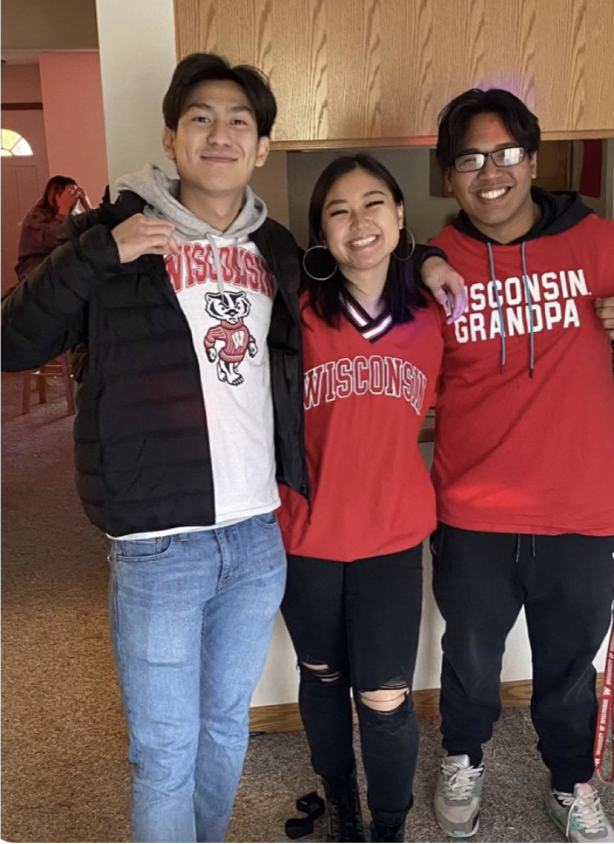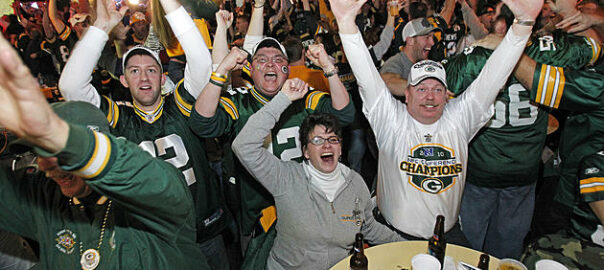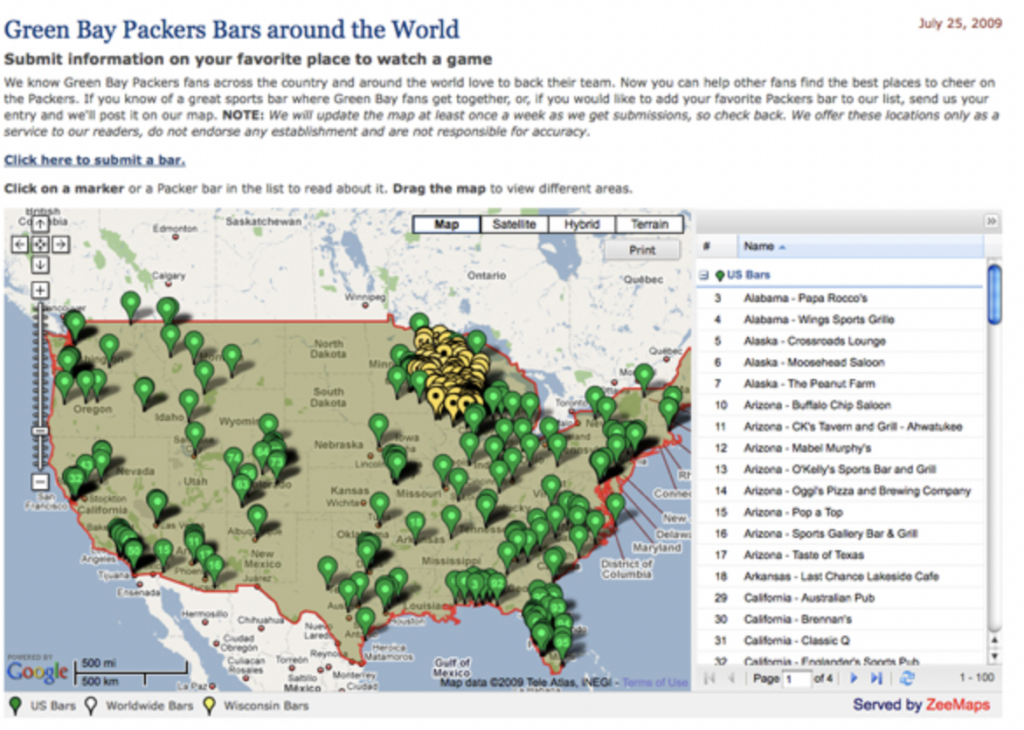The Hmong community in Wisconsin: An analysis on the migration and student life of one of largest Asian ethnic group in Wisconsin

By William Fannon
A crucial element of Wisconsin’s identity is its Hmong residents. The Hmong ethnic group is the largest asian-ethnic group in Wisconsin, comprising 29% of the total Asian population in Wisconsin (PBS Wisconsin). The Hmong population is increasingly growing, with its estimate in 2019 being around 58,000 (PBS Wisconsin) showing around an 18% increase from the recorded population of 49,240 reported from the census in 2010. Wisconsin is also a very popular destination for Hmong immigrants as it holds around one-fifth of the country’s total Hmong population. (U.S Census).
It may seem kind of odd that a state like Wisconsin, the center of America has one of the largest portions of an immigrant population (Pew Research Center), however when learning about student experiences attending the University of Wisconsin-Madison, it could seem clear why many Hmong generations stay in the Midwest.
While Wisconsin is a popular destination for Hmong immigrants, they are still a large minority within the state. When attending white-dominated institutions like UW-Madison it could be hard as they are a severe minority. Asian Americans in general make up only 9% of the total population of the campus (collegefactual.com).
“Being in a place where you’re the only non-white person can be a bit intimidating,” said junior Brendan Chang, who is a part of the Hmong ethnicity. “I’m cool with it and everything, it just helps if there is at least one other Asian kid there.”
Chang is from Stevens Point, Wisconsin, where he has lived for his entire life. There he hung out with mostly other Hmong students and cited that a big thing that he felt was different between him and his white classmates was that he didn’t go to church unlike a lot of his other classmates.
Once Chang had arrived in Madison for college and had to make new friends in a space dominated by white people, he had decided to join the Hmong American Student’s Association or “HASA” to help connect with people of similar backgrounds.
As a result of joining HASA, Chang said he has been able to,“connect with other Hmong students, around the state and around the country.”
Chang is also the fundraising chair for HASA, where his duties include helping find funding and plan events to generate revenue for the club. In this role, he hopes he is able to “encourage other students to put themselves out there and provide a safe space for Hmong students.”
Even though it has Hmong in the name, HASA is not exclusive to just Hmong students. Other Southeast Asian students, like Tyler Auth who is Cambodian, have joined the organization in order to meet other Asian students with different ethnicities.
The prospect of meeting and interacting however with other ethnicities is a big draw to many Hmong students even as well, like Chang’s roommate, Evan Yang. Like Chang, Yang is Hmong and has lived in Wisconsin before coming to college. He grew up in La Crosse, another predominately white city in Wisconsin, but lived in La Crosse, but he was friends with Hmong and white kids in High School.
“In La Crosse, I was really cool with white and Asian kids,” said Yang, “but since college is so much larger, it definitely was a priority to make sure that I joined some multicultural orgs so I knew people who had similar backgrounds as me.”
Like Chang, he felt intimidated by coming to a predominantly white university, so he looked for an organization consisting of fellow Asian students to join. He joined a more multicultural organization called the Vietnamese Students of America or VSA.
“VSA includes students of a larger variety of Asian ethnicities, not just Hmong students, there I get to learn about far more Asian cultures and it is the perfect level of abnormality, not too little to bore me, but not too much to make me feel uncomfortable,” Yang said.
These same sentiments of wanting to be around others who have a similar racial and ethnic make up can explain why Hmong people are primarily exclusive in Midwestern states such as Wisconsin and Minnesota. Their other roommate, Kyle Sung who is Korean and from Maryland, had no clue about the Hmong ethnicity until he arrived at the university.
“Yeah, at first when I came here I was like, Hmong, is that some type of food,” said Sung, laughing and looking at his Hmong roommates, “I mean I’m Korean, so I figured I knew all other ethnicities from Southeast Asia, but I guess I didn’t until I came here.
Hmong immigrants are different from a lot of immigrant populations because when the first generations arrived in the U.S., many were fleeing war prosecution. They fled the war in Vietnam as a result of them helping the U.S. military in their efforts to fight the communist government (Hmong American Center). The states that were the most accepting of Hmong immigrants turned out to be midwestern states like Wisconsin and Minnesota (PBS Wisconsin).
However, both Chang and Yang’s families did not move to America in that first generation. Instead, Chang’s parents moved to Wisconsin after working in California in the ‘90s. His parents had a lot of relatives in Wisconsin and wanted to be near family. Chang shares the same desire to stay near family and live in a predominately Hmong community, as once he graduates, he hopes to stay in the Midwest in either Minnesota or Wisconsin.
Yang’s dad shares a similar story as Chang’s, he moved to La Crosse from California once he was able to in order to stay near family.
“My Dad at first wanted to live in California, once he moved to the States,” said Yang, “but once he made some money, he knew he would rather be with family, so he decided to move to Wisconsin.”
Family is a crucial part of Hmong culture and explains why Hmong immigration continues to rise in Wisconsin. By staying in communities with members of similar ethnicity, Hmong people in Wisconsin have been able to provide safe spaces for one another in a predominantly white state, which promotes them to continue moving to Wisconsin and attending the universities.





